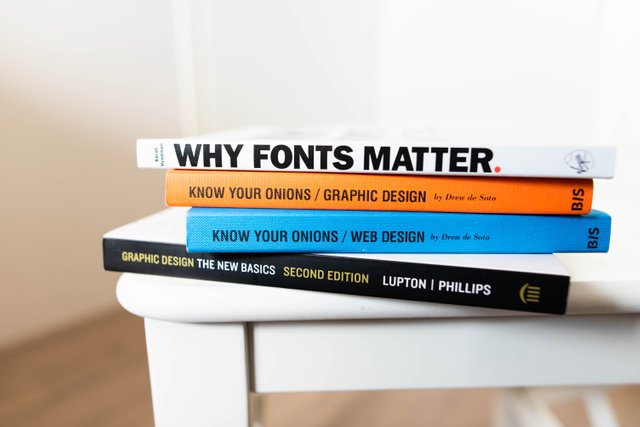
Hello and welcome to this beginner's guide series to graphic design. From what graphic design is, skills to be a graphic designer, design theory, the education you need, equipment you need, to the graphic design portfolio and interview advice, this series is for anyone at any level. So if you're interested in graphic design and considering becoming a graphic designer, join me as I discuss a series of graphic design topics.
So you're interested in graphic design, perhaps considering becoming a graphic designer and looking to learn more. I'm going to discuss what graphic design is. A lot of people have asked me this question mainly youngsters and people who are thinking about pursuing graphic design and want to know what graphic design is and if it's right for them. I have often found this a really hard question, as it does not really have a simple answer without some degree of explanation. If you google this it will tell you that: Graphic design is the art or skill of combining text and pictures in advertisements, magazines or books. Quite a simple and accurate explanation there, though I happen to think there's more to it than that.
I'm going to attempt to answer this question and give you my take on it from my experience. So what is graphic design? Well, let's start simple. With graphic design we have two things: We have graphic and design. The graphic is visual, which is associated with art, imagination, and expression, involving many mediums such as drawing painting engraving or lettering giving clear and explicit detail. So the graphics part of graphic design is made up of visual elements, the building blocks of design. The basic visual elements that combine to create graphic design include the following: Line, Color, Shape, Texture, Space, Form, and Typography. Through the harness of our artistic expression, we choose these visual elements and arrange them on a surface in a layout to convey an idea.
The second part is design, which is to decide upon the look and function of something before it is made. So design is thinking, problem-solving and practicality.... theory. In graphic design, there are rules that can be considered. These rules are called 'The principles of design'. These principles all have a relationship between each other and appear in every well-designed piece of work you see. So the design principles make the design in 'graphic design'. A good grasp of design theory will mean there is always substance behind your work. The key principles of design are Contrast, Hierarchy, Alignment, Balance, Proximity, Repetition, Simplicity and Function. When we bring both the visual elements and the design principles together we have the graphic design. Graphic design is not drawing, graphic design is not painting, graphic design is not creating a poster or a quick logo on your computer, these things are the means to the end and are skills in their own right. Graphic design is not about making things look pretty, graphic design is the organization and presentation of information, developed through a creative process for a particular function.
In graphic design we must first understand information, a message or a brief and then research, think, imagine and develop and create a solution, a concept in order to communicate that information, tell a story, a message or idea in a visual way. It's only once we have a solid idea developed through the design process we can use our skills with layout, color, typography and creative tools to bring that idea to life. Once upon a time that would have been with just the aid of a pencil or a paintbrush on paper.
Today it's all those things and more. Today we also have cameras, computers, and printers. Since the invention of the print press which enabled reproduction on a mass scale graphic design has been used to communicate and spread messages worldwide. Through the evolution of technology, today we are surrounded by an abundance of visual communication. Today graphic design is implemented across a broad spectrum of media both print and digital such as Advertising, Branding, Web design, Interface design, Magazine layout, Paper engineering and packaging, TV, Motion graphics, Infographics, Signage, Art and Installations, and Digital art. If you are looking to pursue a career in graphic design you will inevitably end up creating work across one of those sectors. Over many decades in the past graphic design has shaped culture through pop art, political art, and commercial art. Today graphic design has a big commercial side, it's associated heavily with commerce and used to sell and advertise things, but that's not all it has to be. The power of graphic design to inform, influence and instruct on a commercial level can also be used to educate and inspire a generation. I believe graphic design is the unity of two opposing forces, artistic expression, and practical application, design theory.
As a graphic designer, these two forces will always be at odds with each other in your mind. when you can harness these two forces together in harmony, then you can create great visual communication. So that's an introduction to what graphic design is. For any of you that were unsure of what graphic design is. I hope that has helped to explain it. I mentioned that graphic design is made of two things visual elements and design principles. Over the next few articles, I'm going to talk more about design theory and talk in detail about 'Visual elements' that make a piece of graphic design work.
As found on Youtube
Amazing FREE Online Software Lets You Be Your Own Graphic Designer!
Amazing FREE Online Software Lets You Be Your Own Graphic Designer!

